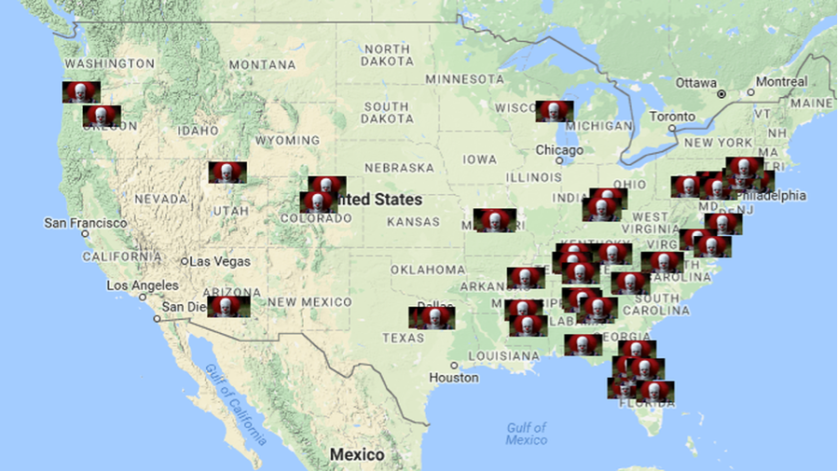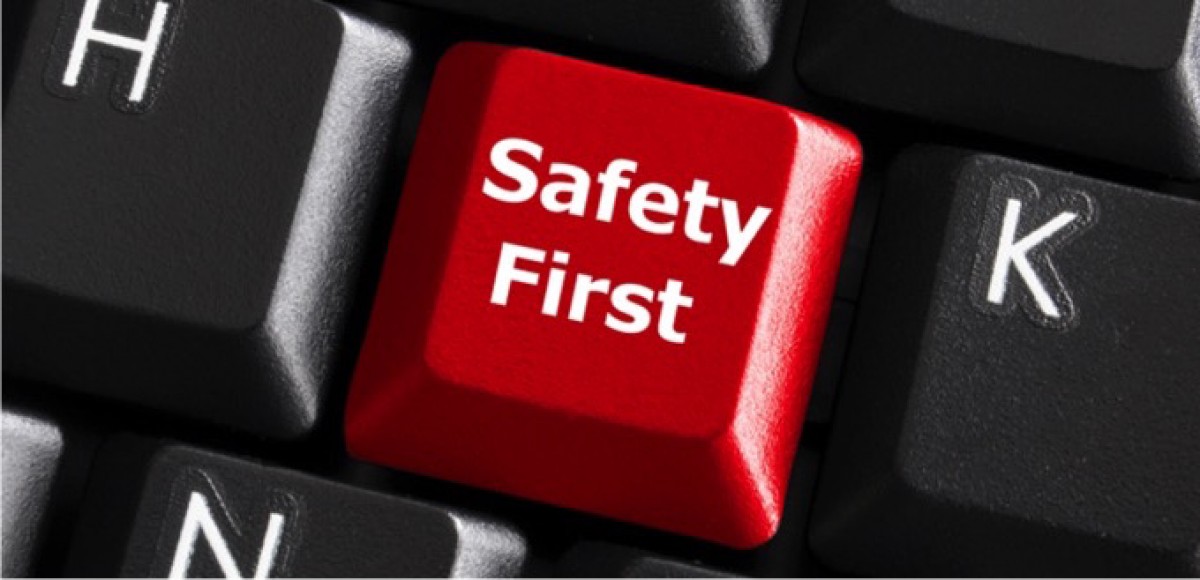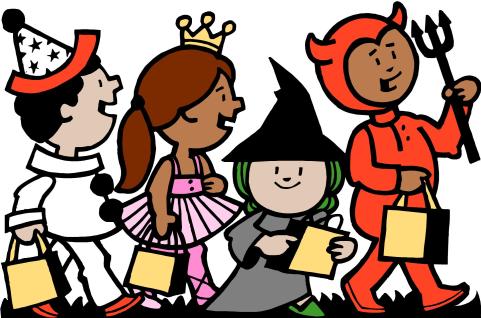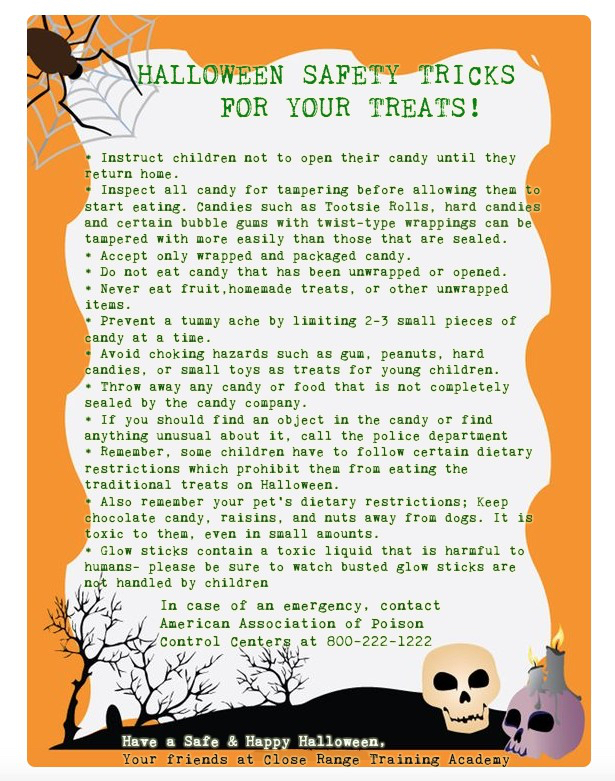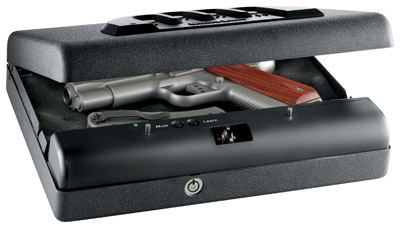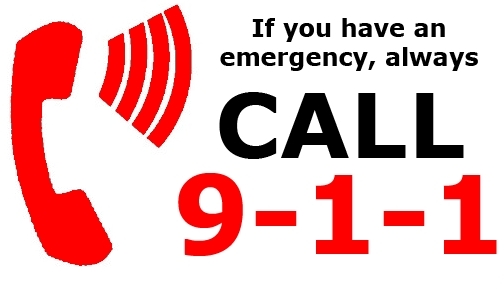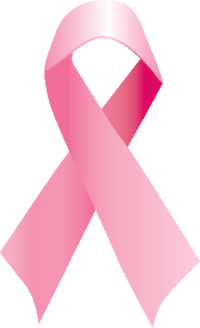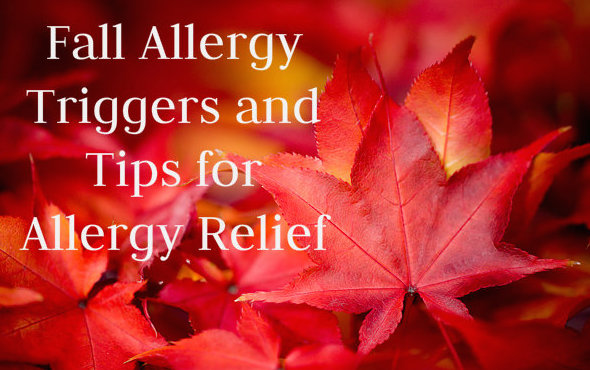
Seasonal allergies, like other allergies, develop when the body’s immune system becomes sensitized and overreacts to something in the environment that typically causes no problem in most people.
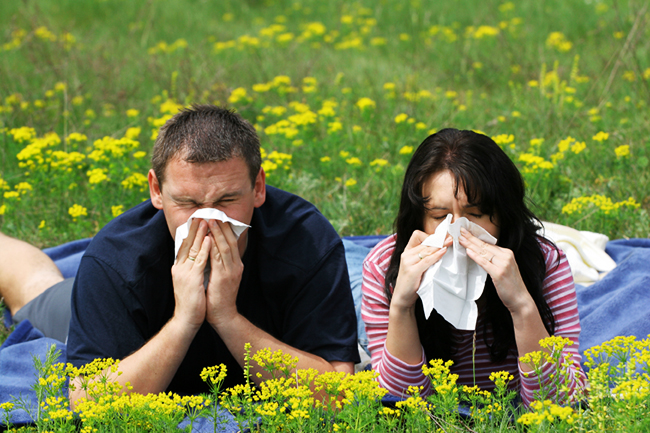
If you sneeze and cough, or your nose and eyes itch and are runny during certain times of the year, you may have seasonal allergies.
Triggers
Grass, pollen and mold are the most common triggers of seasonal allergies. Mild winter temperatures can cause plants to pollinate early. Mild winter temperatures can cause plants to pollinate early.
You may think you know that pollen is causing your suffering, but other substances may be involved as well.
The most common culprit for fall allergies is ragweed, a plant that grows wild almost everywhere, but especially on the East Coast and in the Midwest. Ragweed blooms and releases pollen from August to November. In many areas of the country, ragweed pollen levels are highest in mid-September.
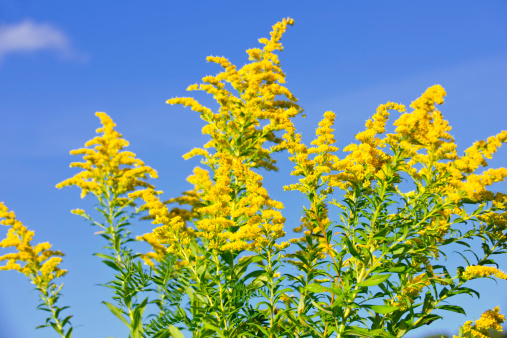
Other plants that trigger fall allergies include:
- Burning bush
- Cocklebur
- Lamb’s-quarters
- Pigweed
- Sagebrush and Mugwort
- Tumbleweed and Russian thistle
While the term “seasonal allergies” generally refers to grass, pollen and mold, there is a different group of allergy triggers that are closely tied to particular seasons. Among them:
- Smoke (campfires in summer, fireplaces in winter)
- Insect bites and stings (usually in spring and summer)
- Chlorine in indoor and outdoor swimming pools
- Candy ingredients (Halloween, Christmas, Valentine’s Day, Easter)
- Pine trees and wreaths (Thanksgiving to Christmas)
Relief Options
Your physician may also recommend one or more medications to control symptoms. Some of the most widely recommended drugs are available without a prescription (over the counter); others, including some nose drops, require a prescription.
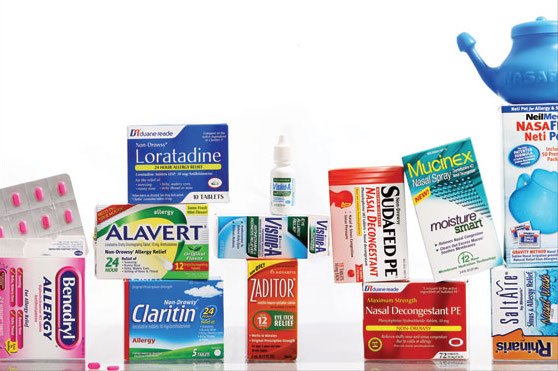
If you have a history of prior seasonal problems, allergists recommend starting medications to alleviate symptoms two weeks before they are expected to begin.
One of the most effective ways to treat seasonal allergies linked to pollen is immunotherapy (allergy shots). These injections expose you over time to gradual increments of your allergen, so you learn to tolerate it rather than reacting with sneezing, a stuffy nose or itchy, watery eyes.
Try a Neti Pot. While initially unpleasant, this forced irrigation of salt water sometimes results in unexpected, but not unwelcome, relief from clogged sinuses. Supporters of the technique claim it offers significant relief from nasal congestion and irritation. They also claim it can reduce headaches associated with sinus congestion and allows people to reduce their reliance on antibiotics to combat sinus infections. It can decrease the use of nasal corticosteroid sprays for the control of allergy-related nasal inflammation.

As with any and all medication, consult a physician before use.
Do-It-Yourself Allergy Reduction Measures
- Wear a protective mask when gardening or doing yard work.
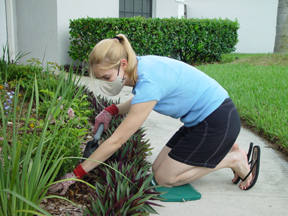
- Modify the indoor environment to keep out allergens. For instance, use HEPA (high-efficiency particulate air) filters in air conditioners to better trap pollen spores. Change air filters often.
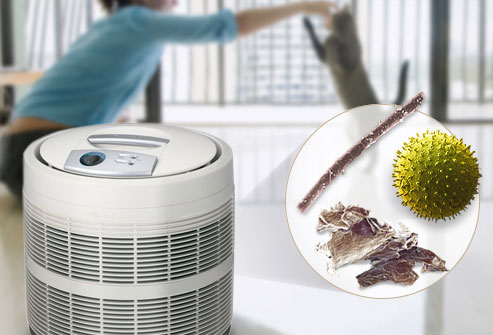
- Check pollen counts before you travel. If you are traveling with allergies, consider vacations near the ocean or bays where pollen counts there are typically lower. To find pollen counts, contact the National Allergy Bureau (www.aaaai.org/nab), which offers reports to the public. You can also check your local weather report; some provide pollen and mold spore counts.
- Protect your eyes. On vacation and at home, wear sunglasses when outdoors to reduce the amount of pollen coming into the eyes.
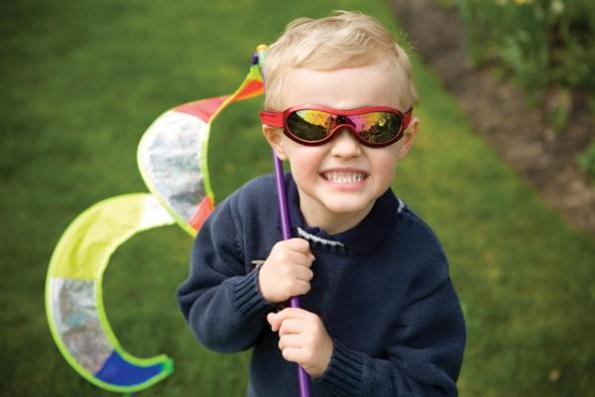
- Wash your hair at the end of the day to wash out pollens and prevent pollen transfer to the pillowcase.
- Exercise in the morning or late in the day, pollen counts are typically lower than at other hours. Remember that pollen counts typically are higher on a hot, windy, sunny day compared with a cool day without much wind.
- Check the dog. Pets can bring in pollen. Consider rinsing off the dog if he/she was outside on a high-pollen day.

Drink Recipes to Beat Seasonal Allergies

Peppermint & Nettle Tea
Why? Fresh peppermint leaves contain a flavonoid called luteolin-7-O-rutinoside which helps prohibit the activity of histamines and inflammation enzymes. Nettle has powerful anti-inflammatory properties that aid in fighting seasonal allergies.
How? Place ¼ cup fresh, chopped peppermint and ¼ cup fresh, chopped nettle leave in a mug and cover with boiling water. Steep for 15 minutes, strain and add fresh, local honey to taste.
Citrus Healing Beverage
Why? Oranges and Lemons are full of vitamin C which nourishes the immune system and provides relief from allergy symptoms.
How? Microwave 1 lemon and 2 oranges for 20 seconds each. This enables all of the juices to flow from the fruit easier and makes the drink easier to mix with your fresh, local honey. Mix the warm juice of ½ lemon and 2 oranges with 1 tablespoon of honey. Make sure honey has completely dissolved and refrigerate for at least 2 hours to have a refreshing, healing citrus beverage.
Red Onion and Honey Water
Why? Red onions contain quercetin, which reduces the amount of histamine produced by the body (therefore reducing allergens). Quercetin also inhibits inflammation and acts as a bronchodilator to help you breathe easier. When using locally produced honey you are fighting local allergens because the honey is generated by bees pollinating with the very allergens in your region that are irritating you. In small does, this pollen helps build your immunity to these allergens.
How? Thinly slice 1 red onion and add it to 4 cups of water in a sealable jar. Allow the onion to infuse with the water 10 hours before drinking. When serving a glass, add 1 tablespoon of honey. Drink this 1-2 times per day for up to 4 days (the onion water will keep if refrigerated) to defend yourself against allergens or quickly recover from an allergy flare up.
Using Food to Combat Seasonal Allergies

Certain nutrient-dense foods can help boost the immune system and reduce the inflammation that causes allergy symptoms.
Broccoli
Broccoli is high in Vitamin C, which can act as an antihistamine to reduce the release of the histamines that cause the allergy symptoms. The vitamin has been shown to decrease the inflammation that leads to allergy symptoms. Broccoli also is part of the crucifer family of vegetables, which are rich in nutrients that could help clear congested sinuses.
Kale
Kale also is part of the nutrient-rich crucifer family. Plus, it’s rich in a form of Vitamin A thought to improve allergy symptoms by decreasing inflammation and strengthening the immune system.
Carrots
Carrots, another vegetable loaded with beta-carotene, also may help ease the inflammation associated with allergy symptoms.
Citrus Fruits
Citrus fruits such as oranges, grapefruit, lemons and limes are high in the antihistamine-acting Vitamin C.
Pumpkins
Like kale and carrots, pumpkins are rich in carotenoids, including beta carotene, to help reduce inflammation and boost the immune system.
Celery
Celery is full of Vitamin C and anti-inflammatory compounds such as the bioflavonoid luteolin, making the vegetable an asset in fighting both allergies and chronic pain.
Onions and Garlic
Onions and garlic contain quercetin, a plant flavonoid that can reduce the body’s inflammatory response and act like an antihistamine to slow the body’s production of the histamines that cause the allergy symptoms.
Parsley
Parsley is a great source of Vitamin C and can help slow the release of histamines.
